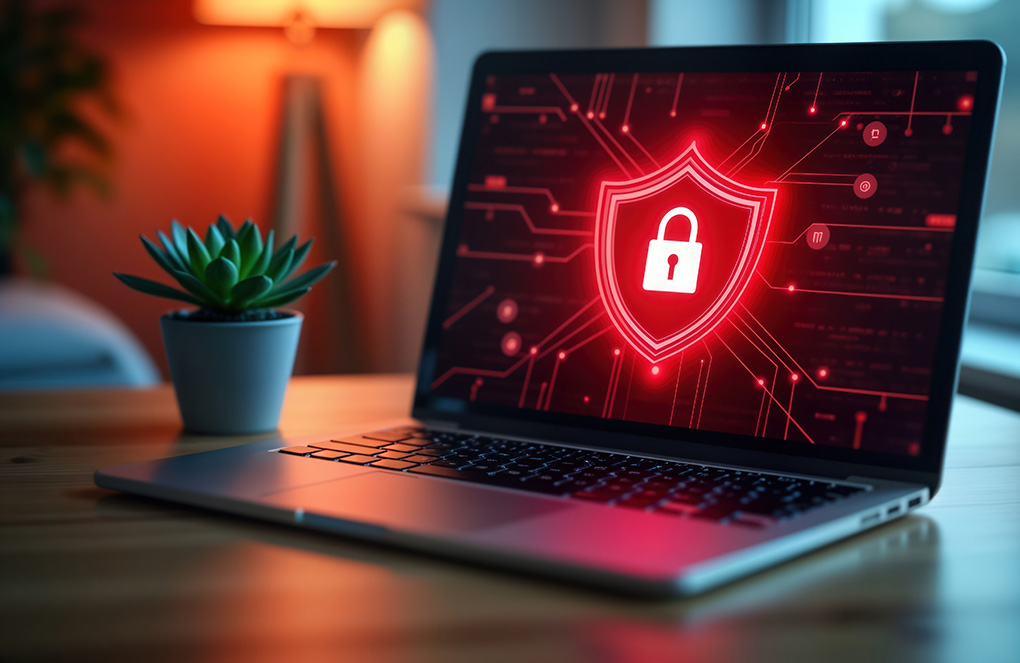Unmasking the Insider Cybersecurity Threats to Your Business

In the digital age, businesses face a myriad of threats, both external and internal. While much attention is given to defending against hackers and cyber-attacks from outside forces, the dangers that lurk within an organization often go unnoticed. These insider threats can be as damaging as any sophisticated external breach, if not more so. This article delves into the various forms of insider threats, their potential consequences, and the strategies businesses can employ to mitigate these risks.
Understanding Insider Threats
Insider threats come in various forms, from the disgruntled employee seeking retribution to the well-meaning but careless staff member who accidentally exposes sensitive information. Regardless of the intent, the consequences can be devastating, leading to loss of data, financial harm, and a tarnished reputation.
Types of Insider Threats
1. Malicious Insiders: These are employees or contractors who intentionally harm the organization. Their motivations can range from financial gain to personal grievances. Malicious insiders can steal sensitive information, sabotage systems, or leak confidential data.
2. Negligent Insiders: These individuals do not intend to cause harm but their lack of awareness or carelessness can lead to significant security breaches. Examples include employees who fall for phishing attacks, use weak passwords, or inadvertently share sensitive information.
3. Compromised Insiders: These are employees whose accounts or devices have been compromised by external attackers. The attackers use the compromised accounts to gain access to the organization’s sensitive data and systems.
Consequences of Insider Threats
The impact of insider threats can be far-reaching and severe. Some of the potential consequences include:
- Data Loss: Insider threats can lead to the unauthorized access and theft of sensitive information such as customer data, intellectual property, and financial records.
- Financial Damage: The financial repercussions of an insider threat can be significant, including costs associated with data breach response, legal fees, regulatory fines, and loss of business.
- Reputation Damage: A breach caused by an insider can damage the organization's reputation, eroding customer trust and potentially leading to a loss of business.
- Operational Disruption: Insider threats can cause significant disruptions to business operations, including downtime and loss of productivity.
Developing a Comprehensive Cybersecurity Plan
To combat these risks, companies must develop a comprehensive cybersecurity plan that includes not only technological defenses but also policies and training that address the human element of security. Regular security audits, access controls, and employee monitoring are essential components of an insider threat program.
Technological Defenses
1. Access Controls: Implementing strict access controls ensures that employees have access only to the information and systems necessary for their roles. This minimizes the risk of sensitive data being accessed by unauthorized individuals.
2. Regular Security Audits: Conducting regular security audits helps identify potential vulnerabilities within the organization’s IT infrastructure. These audits can uncover weaknesses that could be exploited by insiders.
3. Employee Monitoring: Monitoring employee activities can help detect unusual behavior patterns that may indicate an insider threat. This includes tracking access to sensitive information and monitoring for signs of data exfiltration.
4. Data Encryption: Encrypting sensitive data ensures that even if it is accessed by unauthorized individuals, it cannot be read or used without the appropriate decryption keys.
Policies and Training
1. Clear Security Policies: Developing and enforcing clear security policies is crucial for mitigating insider threats. These policies should outline acceptable use of company resources, data handling procedures, and consequences for non-compliance.
2. Security Awareness Training: Fostering a culture of security awareness within the organization is crucial. Employees should be educated on the importance of cybersecurity and trained to recognize potential insider threats. Regular training sessions and updates on the latest security practices help maintain a high level of awareness.
3. Incident Response Plan: Having a well-defined incident response plan ensures that the organization can quickly and effectively respond to any insider threat incidents. This plan should include procedures for identifying, containing, and mitigating the impact of a security breach.

Fostering a Culture of Security Awareness
A proactive defense system that safeguards assets from the inside out starts with empowering staff with knowledge and tools. By fostering a culture of security awareness within the organization, businesses can significantly reduce the risk of insider threats.
Empowering Employees
1. Ongoing Education: Provide continuous education on cybersecurity best practices. This includes regular training sessions, workshops, and updates on the latest threat trends and prevention techniques.
2. Reporting Mechanisms: Encourage employees to report any suspicious activities or potential security incidents. Establish clear reporting mechanisms and ensure that employees know how to use them.
3. Incentives for Compliance: Recognize and reward employees who adhere to security policies and contribute to the organization’s cybersecurity efforts. Positive reinforcement can encourage a culture of vigilance and responsibility.
Continuous Vigilance and Proactive Care
Cybersecurity is not a one-time fix but an ongoing process of prevention and proactive care. It requires vigilance, commitment, and a strategic approach that evolves with the changing threat landscape. With the right measures in place, businesses can protect themselves against the hidden dangers that may otherwise go undetected.
Staying Ahead of Threats
1. Threat Intelligence: Stay informed about the latest cyber threats and trends. Utilize threat intelligence services to gain insights into emerging threats and adjust security measures accordingly.
2. Regular Assessments: Conduct regular risk assessments to identify new vulnerabilities and update security strategies as needed. This ensures that the organization’s defenses remain robust and effective.
3. Adaptability: Be prepared to adapt security policies and practices in response to changes in the threat landscape. This includes updating security tools, revising policies, and retraining employees as necessary.
Insider threats pose a significant risk to businesses, but with a comprehensive cybersecurity plan, the right technological defenses, and a culture of security awareness, organizations can effectively mitigate these threats. Managed IT services play a crucial role in this process, providing the expertise and resources needed to safeguard against both internal and external cyber threats. By committing to continuous vigilance and proactive care, businesses can protect their valuable assets and ensure long-term security and success."
Recent Blogs
Dashboards don’t fall apart because math is hard. They fall apart because language is loose. UTM parameters were supposed to be boring – labels on…
Read MoreThe password era is ending, and that helps SMBs Google made passkeys the default sign-in option for personal accounts and reports massive usage growth. Across…
Read MoreThe Boardroom Reality Check Most SMBs can point to where their backups live. Fewer can answer how fast a critical system returns or which application…
Read MoreDashboards don’t fall apart because math is hard. They fall apart because language is loose. UTM parameters were supposed to be boring – labels on…
Read MoreThe password era is ending, and that helps SMBs Google made passkeys the default sign-in option for personal accounts and reports massive usage growth. Across…
Read MoreThe Boardroom Reality Check Most SMBs can point to where their backups live. Fewer can answer how fast a critical system returns or which application…
Read More


